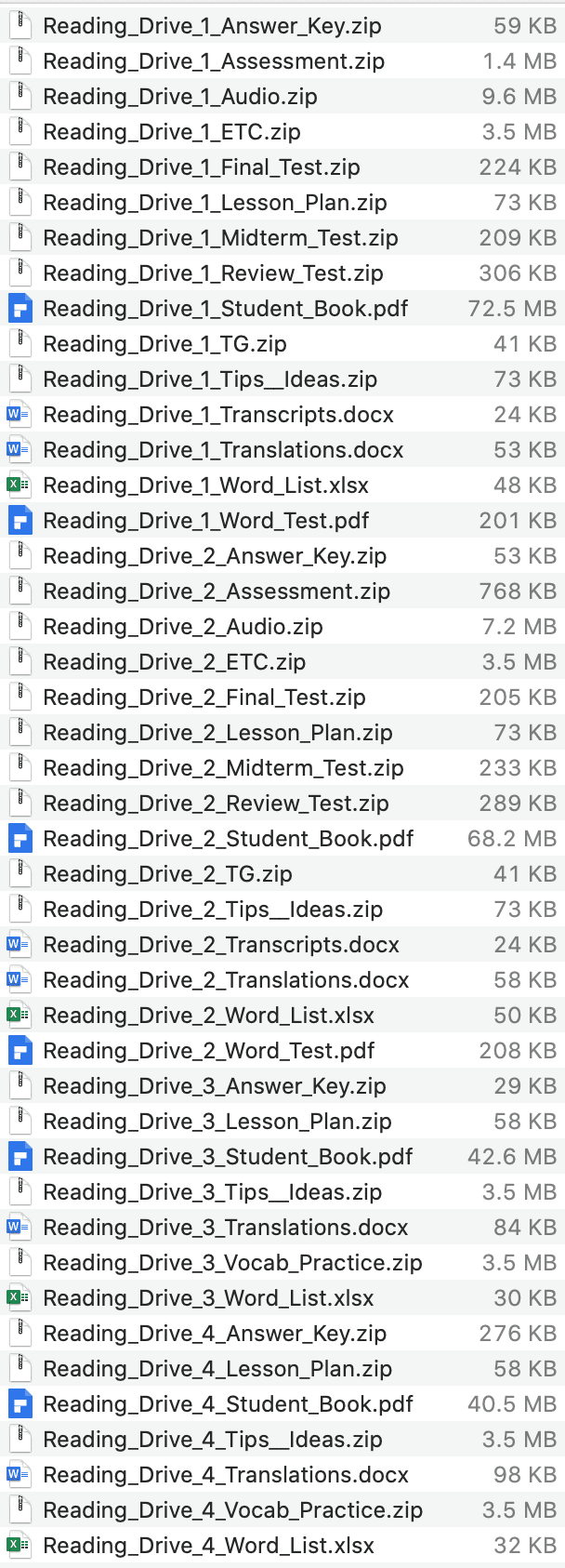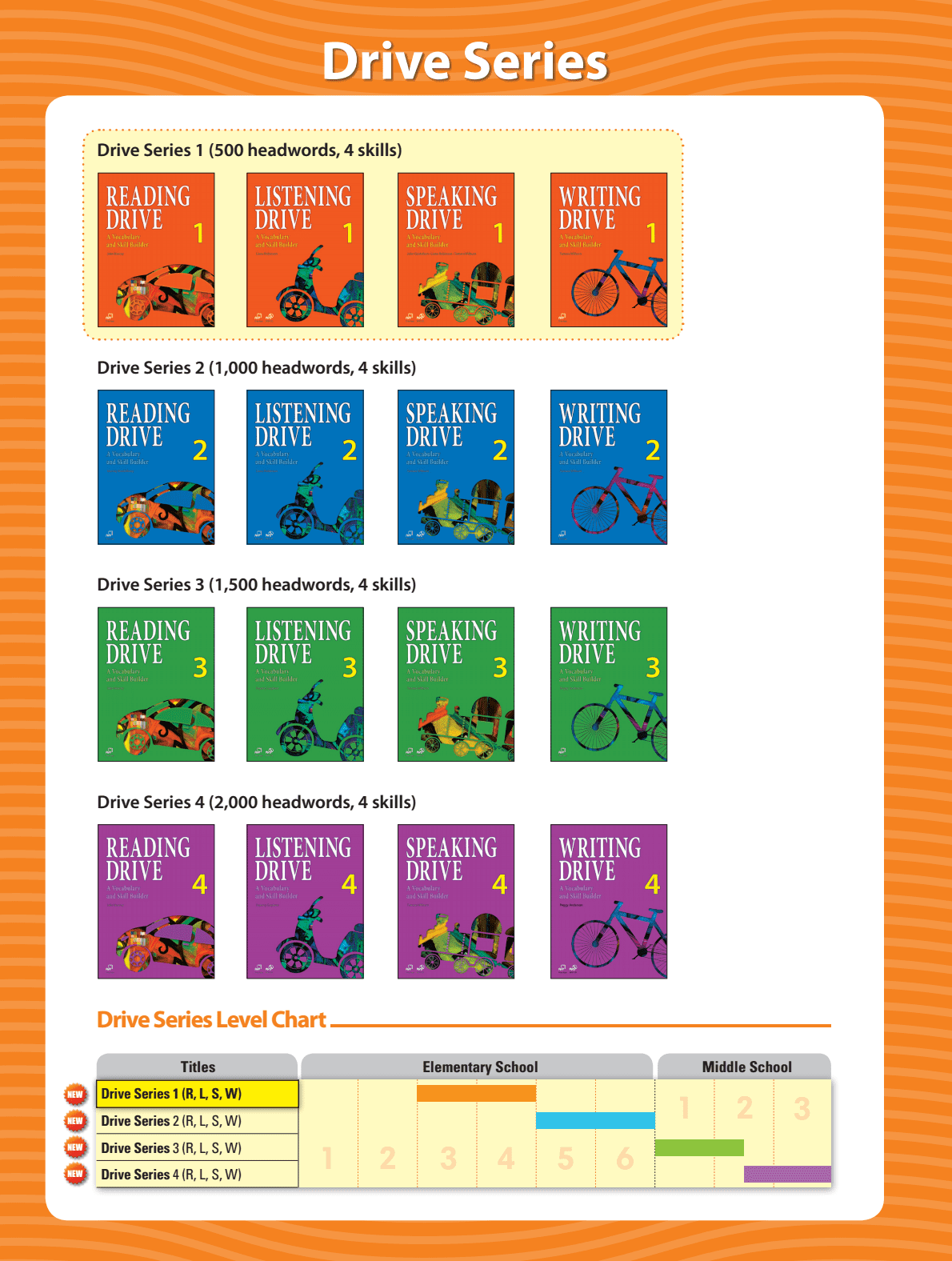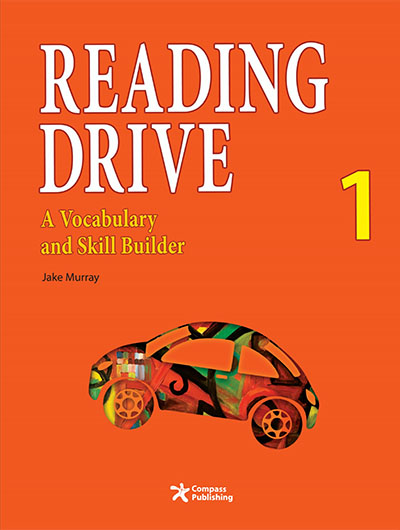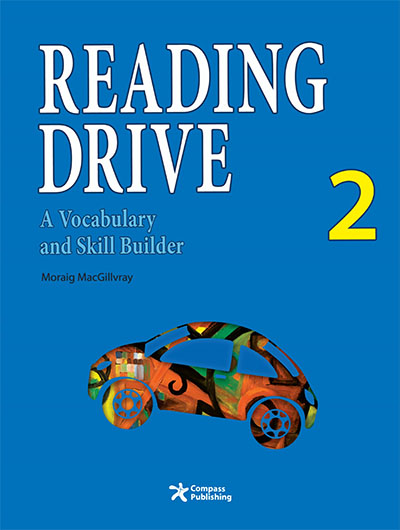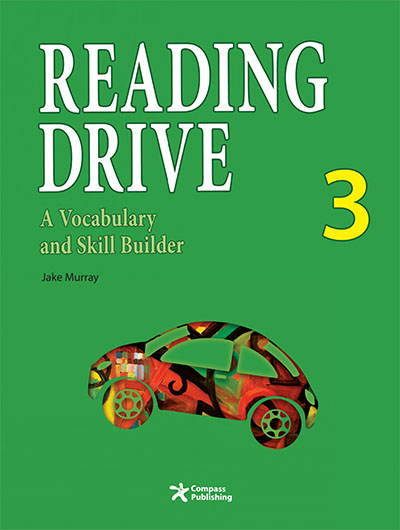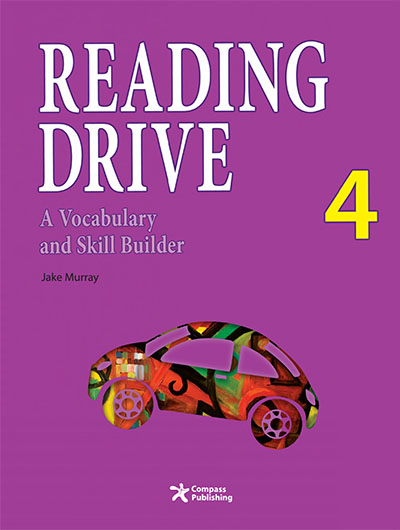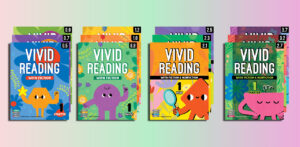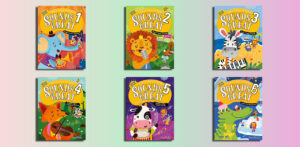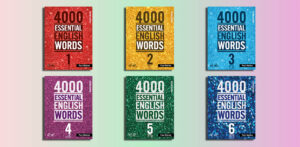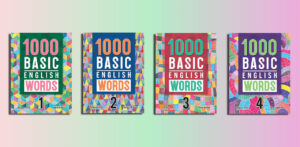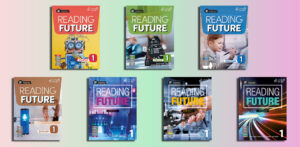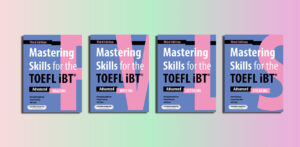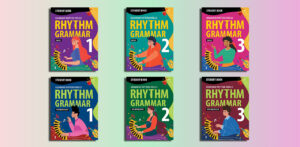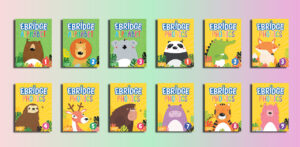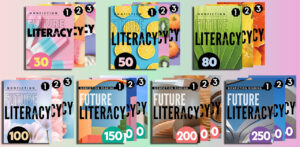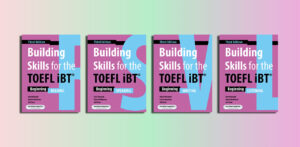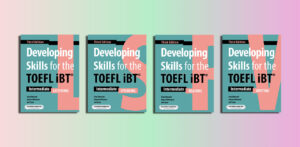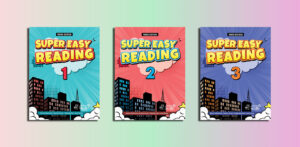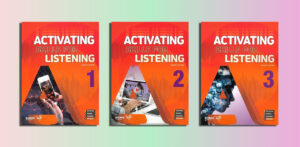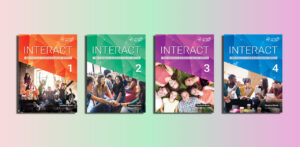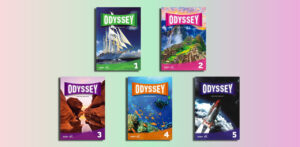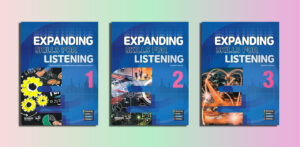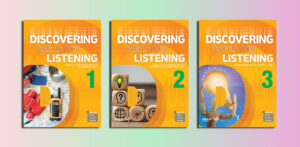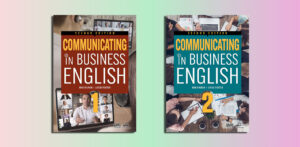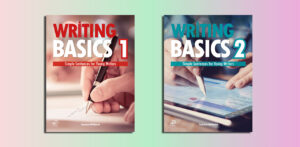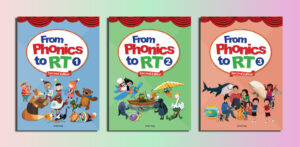Reading Drive (PDFs, Resources)
Level 1 (Pre A1)
Answer_Key.zip – Assessment.zip – Audio.zip – ETC.zip – Final_Test.zip – Lesson_Plan.zip – Midterm_Test.zip – Review_Test.zip – Student_Book.pdf – Teacher’s_Guide.zip – Tips_Ideas.zip – Transcripts.docx – Translations.docx – Word_List.xlsx – Word_Test.pdf
Reading_Drive_1_Student_Book.pdf – Sample: Click
Level 2 (A1)
Answer_Key.zip – Assessment.zip – Audio.zip – ETC.zip – Final_Test.zip – Lesson_Plan.zip – Midterm_Test.zip – Review_Test.zip – Student_Book.pdf – Teacher’s_Guide.zip – Tips_Ideas.zip – Transcripts.docx – Translations.docx – Word_List.xlsx – Word_Test.pdf
Reading_Drive_2_Student_Book.pdf – Sample: Click
Level 3 (A2)
Answer_Key.zip – Lesson_Plan.zip – Student_Book.pdf – Tips_Ideas.zip – Translations.docx – Vocab_Practice.zip – Word_List.xlsx
Reading_Drive_3_Student_Book.pdf – Sample: Click
Level 4 (B1)
Answer_Key.zip – Lesson_Plan.zip – Student_Book.pdf – Tips_Ideas.zip – Translations.docx – Vocab_Practice.zip – Word_List.xlsx
Reading_Drive_4_Student_Book.pdf – Sample: Click
๏ Reading Drive (Pre A1 / B1): Click here
๏ Listening Drive (Pre A1 / B1): Click here
๏ Speaking Drive (Pre A1 / B1): Click here
๏ Writing Drive (Pre A1 / B1): Click here
๏ Reading Drive (Pre A1 / B1): Click here
๏ Listening Drive (Pre A1 / B1): Click here
๏ Speaking Drive (Pre A1 / B1): Click here
๏ Writing Drive (Pre A1 / B1): Click here
Overview of the “Reading Drive” by Compass Publishing
Contents
| ✅ Coursebook: | Reading Drive |
| ✅ Authors: | Jake Murray, Amy Beldiman, Moraig MacGillvray, James Parr, Scott Thompson |
| ✅ Publisher: | Compass Publishing |
| ✅ English type: | International English |
| ✅ Levels: | Pre A1, A1, A2, B1 |
| ✅ Skill: | Reading |
| ✅ For: | Primary, Junior High School |
| ✅ Publication year: | 2013 |
Reading Drive is a four-level book series from Compass Publishing, crafted for elementary and middle school students learning English as a second or foreign language. Spanning CEFR levels Pre-A1 to B1, this series helps young learners build reading skills through fun, leveled texts. Here’s a look at what makes Reading Drive special, its structure, and why it’s great for students and teachers.
Key Features
Leveled Stories and Texts
- Each book offers short, engaging reading passages that grow in difficulty across the four levels. From simple sentences for beginners to richer stories for more advanced readers, Reading Drive supports steady progress for all learners.
Varied Comprehension Questions
- After every passage, students answer five questions to test their understanding. These include:
- Basic comprehension (What happened?)
- Guessing meaning (What does this mean?)
- Finding the main idea
- Spotting details
- Simplifying sentences
- These questions help students think critically and get ready for English tests.
Vocabulary Boost
- Important words are highlighted in each passage, with online vocabulary lists to help students learn and remember them. This makes it easier for kids to grow their word bank while reading.
Audio Support
- Online audio recordings of the passages let students listen as they read. This helps with pronunciation, listening skills, and understanding how English sounds.
Exciting Topics
- The series covers topics kids love, like animals, adventures, school life, and even science or culture. These fun themes keep students interested and eager to read more.
Reading Drive 1 Student Book
Who is suitable for “Reading Drive”?
Reading Drive by Compass Publishing is suitable for:
- Young English Learners: Elementary and middle school students (ages 6–14) learning English as a second or foreign language.
- CEFR Levels Pre-A1 to B1: From absolute beginners to early intermediate learners, covering a wide range of proficiency.
- Classroom Use: Ideal for ESL/EFL teachers looking for structured reading materials with comprehension questions and multimedia support.
- Self-Study: Motivated students who want to improve reading, vocabulary, and listening skills independently, with engaging topics and online resources.
- Test Preparation: Students preparing for standardized English tests, as the question types mimic those found in proficiency exams.
It’s perfect for both guided learning environments and individual practice, fostering reading fluency and confidence.
Reading Drive 2 Student Book
The benefits of “Reading Drive”
The benefits of Reading Drive by Compass Publishing include:
- Improved Reading Fluency: Leveled passages (Pre-A1 to B1) help students read with greater ease and confidence over time.
- Enhanced Comprehension: Varied question types (e.g., main idea, inference, details) build critical thinking and understanding skills.
- Vocabulary Growth: Highlighted words and online study lists expand students’ word knowledge in context.
- Listening Skills Development: Online audio recordings improve pronunciation and auditory comprehension alongside reading.
- Engaging Content: Relatable and diverse topics (e.g., animals, culture, science) keep young learners motivated and curious.
- Test Preparation: Comprehension questions mirror standardized English tests, preparing students for academic success.
- Flexibility: Suitable for classroom use or self-study, with resources that support both teachers and independent learners.
- Structured Progress: Four levels ensure a clear learning path, helping students see their improvement from beginner to intermediate stages.
Reading Drive 3 Student Book
Effective learning strategies for “Reading Drive”
To maximize the benefits of Reading Drive by Compass Publishing, here are effective learning strategies tailored for young learners (CEFR Pre-A1 to B1), teachers, and self-study students:
Pre-Reading Preparation
- Preview Vocabulary: Before reading, review the highlighted words in the passage using the online vocabulary lists. Create simple flashcards or play matching games to make learning fun.
- Set a Purpose: Encourage students to think about what they might learn from the passage based on the title or topic (e.g., “What do I know about animals?”). This builds curiosity and focus.
- Predict Content: Ask students to guess what the story or text might be about by looking at pictures or headings, activating prior knowledge.
Active Reading Techniques
- Read Along with Audio: Use the online audio recordings to follow the passage. This helps with pronunciation, pacing, and understanding for Pre-A1/A1 learners, while A2/B1 students can focus on fluency.
- Highlight Key Ideas: Have students underline or note main ideas and new words while reading to stay engaged and improve retention.
- Chunk the Text: For longer passages (especially at B1), break reading into smaller sections. Pause to summarize each part in simple sentences to reinforce comprehension.
Post-Reading Comprehension Practice
- Tackle Questions Strategically: Guide students to answer the five comprehension questions in order: start with general comprehension and details, then move to trickier inference or paraphrasing questions. Encourage rereading to find answers.
- Discuss Answers: In class, have students explain their answers in small groups to build speaking skills and deepen understanding. For self-study, students can write short explanations.
- Revisit Mistakes: Review incorrect answers to identify patterns (e.g., missing details or misunderstanding vocabulary) and address them with targeted practice.
Vocabulary Reinforcement
- Use Words in Context: After reading, have students write or say sentences using new vocabulary. For example, at A1, “The dog is big”; at B1, “The explorer discovered a hidden cave.”
- Play Vocabulary Games: Incorporate online quizzes or apps for word practice, or create classroom games like bingo or word races to make learning interactive.
- Review Regularly: Revisit vocabulary lists weekly to ensure long-term retention, especially for high-frequency words.
Listening and Speaking Integration
- Listen Repeatedly: Replay audio recordings to practice listening without reading, helping students pick up intonation and new phrases. A2/B1 learners can try summarizing what they hear.
- Role-Play or Retell: After reading, have students retell the passage in their own words or act out a scene from the story. This builds confidence and connects reading to speaking.
- Pair Audio with Questions: For self-study, listen to the passage again while thinking about comprehension questions to strengthen auditory processing.
Engagement with Themes
- Connect to Personal Experience: After reading, ask students to relate the topic to their lives (e.g., “Have you seen an animal like this?”). This makes the content memorable and relevant.
- Extend Learning: Use the passage’s theme for creative tasks, like drawing a scene (Pre-A1/A1) or writing a short paragraph (A2/B1). For example, after a science passage, students could describe a favorite invention.
- Explore Further: Encourage curious B1 students to research the topic online (with guidance) or discuss it in class to deepen engagement.
Progress Monitoring and Motivation
- Track Improvement: Keep a simple log of completed units and question accuracy to show progress. Celebrate milestones, like finishing a level, to keep students motivated.
- Set Achievable Goals: For example, “Answer three questions correctly this week” (Pre-A1) or “Read one passage without stopping” (B1). Small wins build confidence.
- Mix Group and Solo Work: In class, alternate between pair discussions and individual tasks to balance collaboration and independence. Self-study learners can join online forums to share progress.
Teacher-Specific Strategies
- Differentiate Tasks: For mixed-level classes, give Pre-A1/A1 students simpler questions or fewer vocabulary words, while challenging A2/B1 students with inference tasks or extra writing.
- Use as a Warm-Up: Start lessons with a short Reading Drive passage to activate language skills, saving comprehension questions for later.
- Integrate with Curriculum: Pair Reading Drive with Listening Drive or other Compass materials for a cohesive program, reinforcing skills across reading, listening, and speaking.
Self-Study Tips
- Create a Routine: Set aside 15–20 minutes daily to read one passage, listen to the audio, and answer questions. Consistency is key for Pre-A1 to B1 learners.
- Use a Notebook: Write new words, summarize passages, or note tricky questions to track learning and revisit later.
- Self-Check: Compare answers to model responses (if available) or use online tools to verify understanding, building independence.
Leverage Technology
- Access Online Resources: Fully utilize Compass Publishing’s audio and vocabulary tools for interactive practice, especially for students with limited teacher access.
- Supplement with Apps: Use free apps like Duolingo or Quizlet for extra vocabulary practice that complements Reading Drive themes.
- Record Progress Digitally: For tech-savvy learners, track reading goals in a simple app or spreadsheet to stay organized.
By combining these strategies, Reading Drive becomes a dynamic tool for building reading fluency, comprehension, and confidence. Tailor the approach to the learner’s level and context—classroom or solo—for the best results.
Reading Drive 4 Student Book
Effective teaching strategies for “Reading Drive”
Effective teaching strategies for Reading Drive by Compass Publishing can help teachers maximize its potential for young English learners (CEFR Pre-A1 to B1) in ESL/EFL classrooms. These strategies focus on engagement, skill-building, and differentiation to support diverse learners.
Scaffolded Lesson Planning
- Warm-Up Activities: Begin with a 5-minute activity to activate prior knowledge. For Pre-A1/A1, show a picture related to the passage and ask simple questions (“What is this?”). For A2/B1, use a short discussion prompt (“What do you know about space?”).
- Break Down Passages: Divide longer texts (especially Level 4, B1) into sections. After each section, pause for a quick verbal summary or a one-sentence prediction to maintain focus.
- Gradual Release: Model reading and answering a question for the class, then do one together, and finally let students try independently. This builds confidence across levels.
Differentiated Instruction
- Level-Appropriate Tasks: Assign simpler comprehension questions (e.g., detail-based) to Pre-A1/A1 students and inference or paraphrasing questions to A2/B1 students in the same class.
- Flexible Grouping: Pair stronger readers (A2/B1) with beginners (Pre-A1/A1) for peer support during discussions, or group by level for targeted practice.
- Adapt Vocabulary: Provide Pre-A1 learners with 3–5 key words per passage, while A2/B1 students can handle 8–10, ensuring all feel challenged but not overwhelmed.
Interactive Reading Sessions
- Choral Reading: For Pre-A1/A1, play the online audio and have students read aloud together to practice pronunciation and fluency.
- Think-Alouds: Model how to find answers by thinking aloud (“The main idea is here because…”). Encourage A2/B1 students to share their own think-alouds in pairs.
- Question Preview: Before reading, show one comprehension question to give students a focus (e.g., “Look for what the character does”). This helps Pre-A1/A1 learners stay on track.
Engaging Comprehension Practice
- Question Rotation: Turn the five comprehension questions into a game. Assign each group a question type (e.g., main idea, inference) and have them present answers to the class, encouraging collaboration.
- Error Analysis: After answering questions, review common mistakes as a class (e.g., missing details). Use examples to teach strategies like rereading or scanning for keywords.
- Extend with Writing: Ask A2/B1 students to write a short response to an inference question (e.g., “Why was the character happy?”), while Pre-A1/A1 students draw or say their answers.
Vocabulary Integration
- Pre-Teach Words: Introduce key vocabulary with visuals or actions before reading (e.g., act out “jump” for Pre-A1). Use the online lists for quick reference.
- Word Walls: Create a classroom word wall with new Reading Drive vocabulary, adding words weekly. Have students use them in sentences during class.
- Contextual Practice: After reading, ask students to reuse vocabulary in a new context (e.g., Pre-A1: “The cat is fast”; B1: “The explorer was brave”).
Leveraging Audio Resources
- Listening First: Play the passage audio before reading to familiarize Pre-A1/A1 students with pronunciation and rhythm. Ask simple questions like “What word did you hear?”
- Shadow Reading: Have A2/B1 students read silently while listening to the audio, improving fluency and focus. Follow up with a discussion of the passage’s tone or mood.
- Listening Tasks: Create mini-tasks, like circling words they hear or noting the main idea, to combine listening and comprehension practice.
Thematic Engagement
- Real-World Connections: Link passage topics to students’ lives (e.g., after a nature passage, ask, “What animals live near you?”). This boosts engagement for all levels.
- Creative Projects: Assign level-appropriate tasks: Pre-A1/A1 students draw a scene from the passage; A2/B1 students write a short sequel or present a summary.
- Class Discussions: Use open-ended questions tied to the theme (e.g., “Why is teamwork important?” for a B1 passage) to encourage speaking and critical thinking.
Formative Assessment and Feedback
- Quick Checks: After each unit, use a short quiz (e.g., match vocabulary or answer one question) to gauge understanding without overwhelming students.
- Personalized Feedback: For comprehension questions, highlight one strength (e.g., “Great job finding details!”) and one area to improve (e.g., “Try reading the question twice”).
- Progress Tracking: Keep a class chart of completed units or correct answers to show growth, motivating students and informing lesson adjustments.
Collaborative Learning
- Jigsaw Reading: Split a passage into parts and assign each group a section. Groups summarize their part for the class, building teamwork and comprehension (best for A2/B1).
- Peer Teaching: Have A1 students teach a new word to a partner, or B1 students explain an answer, reinforcing their own understanding.
- Group Challenges: Create a point system for correct answers or creative tasks tied to Reading Drive, fostering friendly competition.
Integration with Other Skills
- Pair with Listening Drive: Use Reading Drive alongside Compass Publishing’s Listening Drive for a balanced reading-listening curriculum, reinforcing vocabulary and themes.
- Incorporate Speaking: After reading, hold mini-debates (B1) or simple Q&A (Pre-A1) about the passage to practice oral skills.
- Writing Extension: Assign level-specific tasks, like labeling a picture (Pre-A1), writing a sentence (A1), or summarizing a passage (A2/B1), to connect reading to writing.
By applying these strategies, teachers can make Reading Drive a dynamic, inclusive tool that builds reading fluency, comprehension, and enthusiasm for English. Tailor activities to class size, level, and time constraints for optimal impact.

